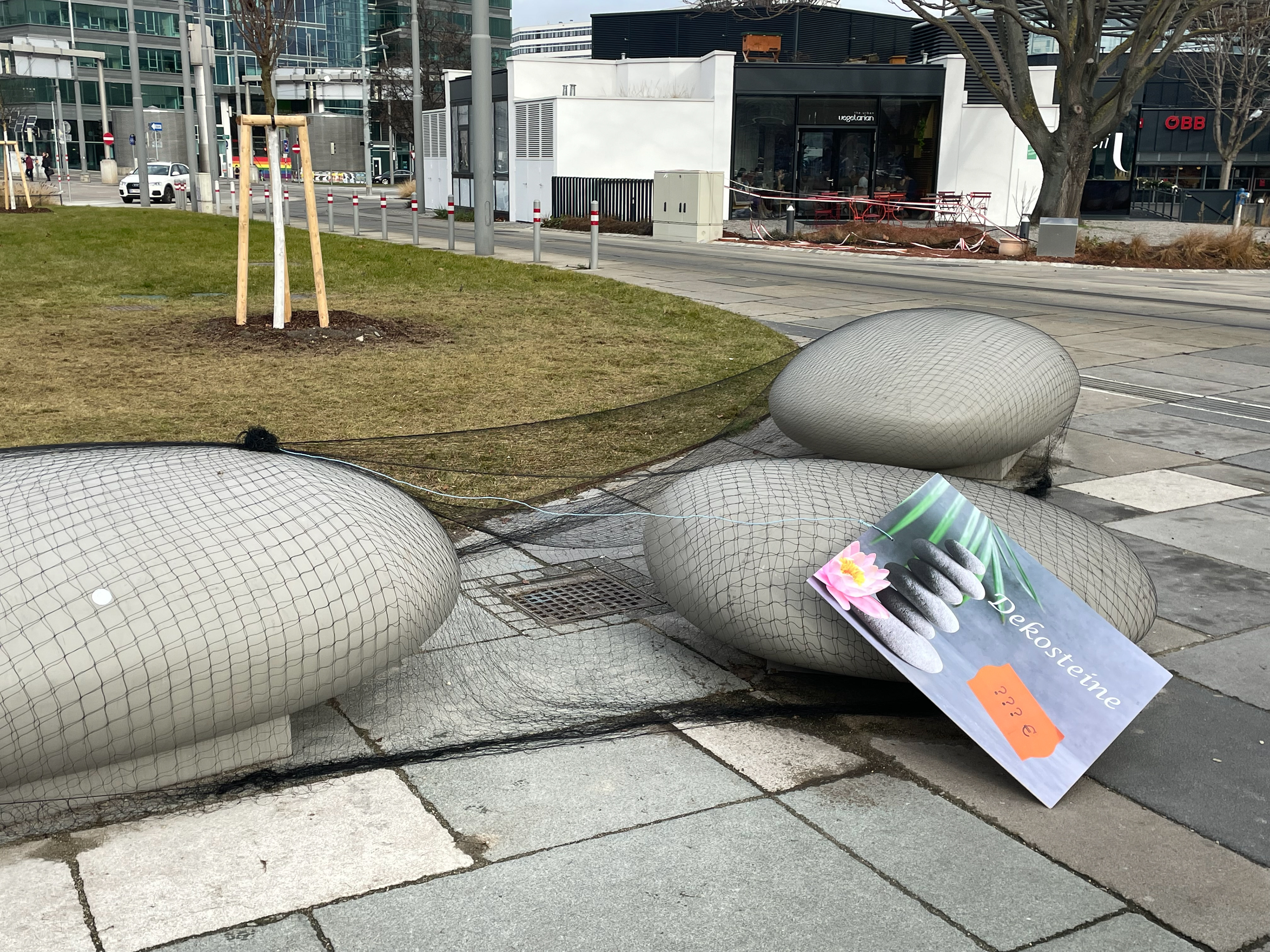Using Vienna as an example, "City vs. Citizens" was triggered by our own privilege: how does access to private space affect the way we experience public space? Based on the concepts of "Hostile Design" and "Defensive Architecture", the project revolves around the design of public space and the constant process of negotiation between those who design it and those who use it. "Hostile Design" and "Defensive Architecture", though different, share the common goal of preventing certain actions and forms of use.
We used the same strategies that were used to create the boundaries in the first place: modification, addition, or removal. In context, the project works critically but playfully around the questions: Who decides what behavior is desirable in public space? How is the city's budget spent? Who is the public space for?
Team: Rita Andrade
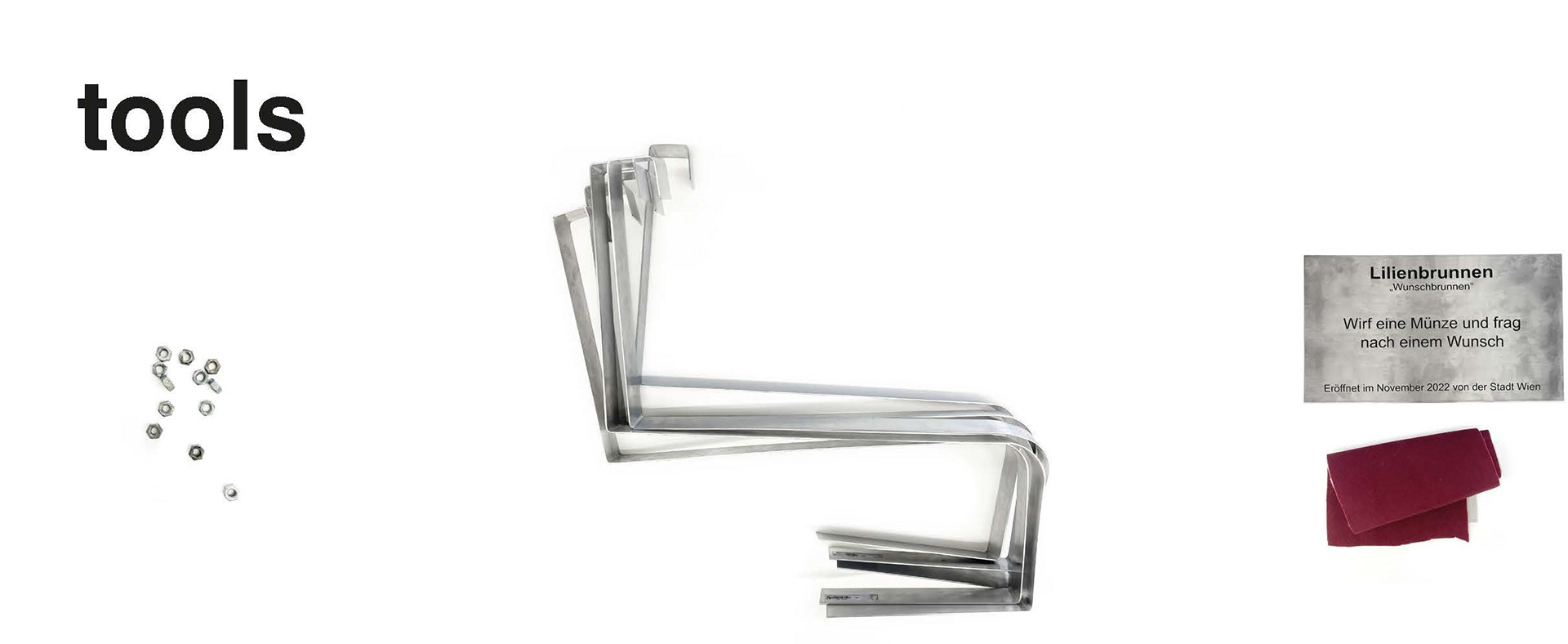
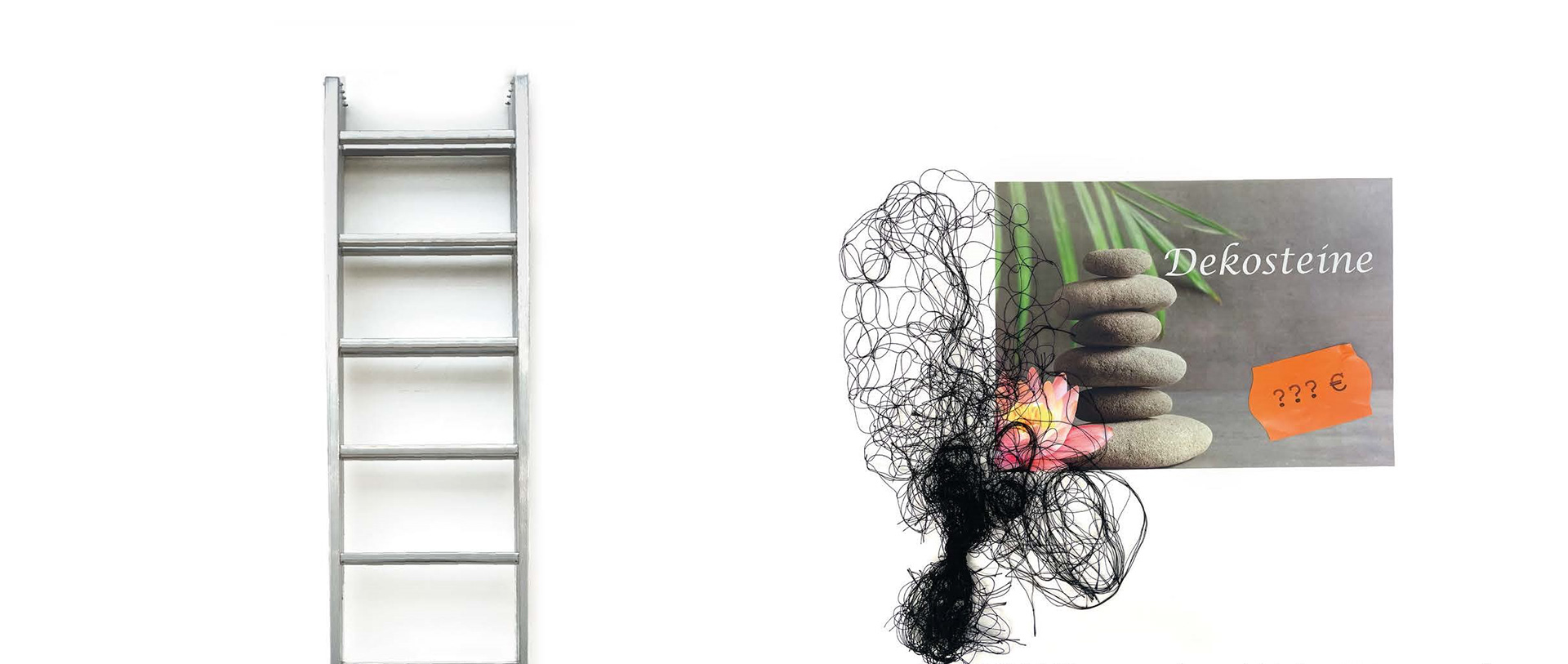
1/5 Christian-Broda-Platz, 1060 Wien
What: chairs
Focus: the distance between the chairs
Method: removing
What: chairs
Focus: the distance between the chairs
Method: removing
The sitting area formed by the chairs felt inadequate for both strangers and friends. Facing someone so directly but simultaneously not being able to interact closely was inhibiting us, and (as far as we could observe) most people, from using the space. After removing the screws and playing with the distance of the four chairs, we left them in the original position but facing the opposite direction. Shortly after, the chairs were used and left in different organic arrangements, which suggested a previous wish for control over the layout of the sitting area. During the following weeks, we kept track of the settings created by people using the chairs until they were screwed back in by the city.
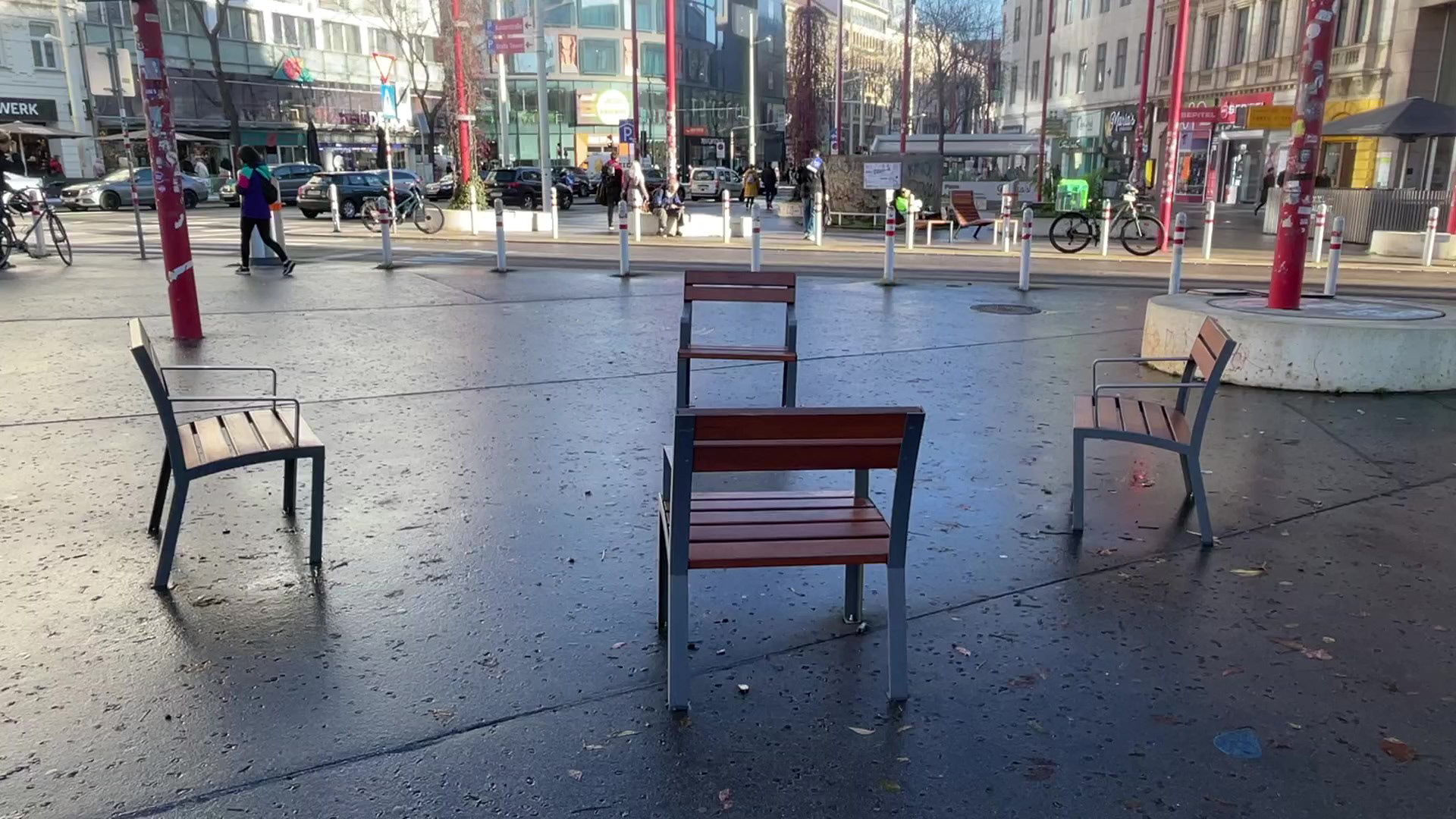
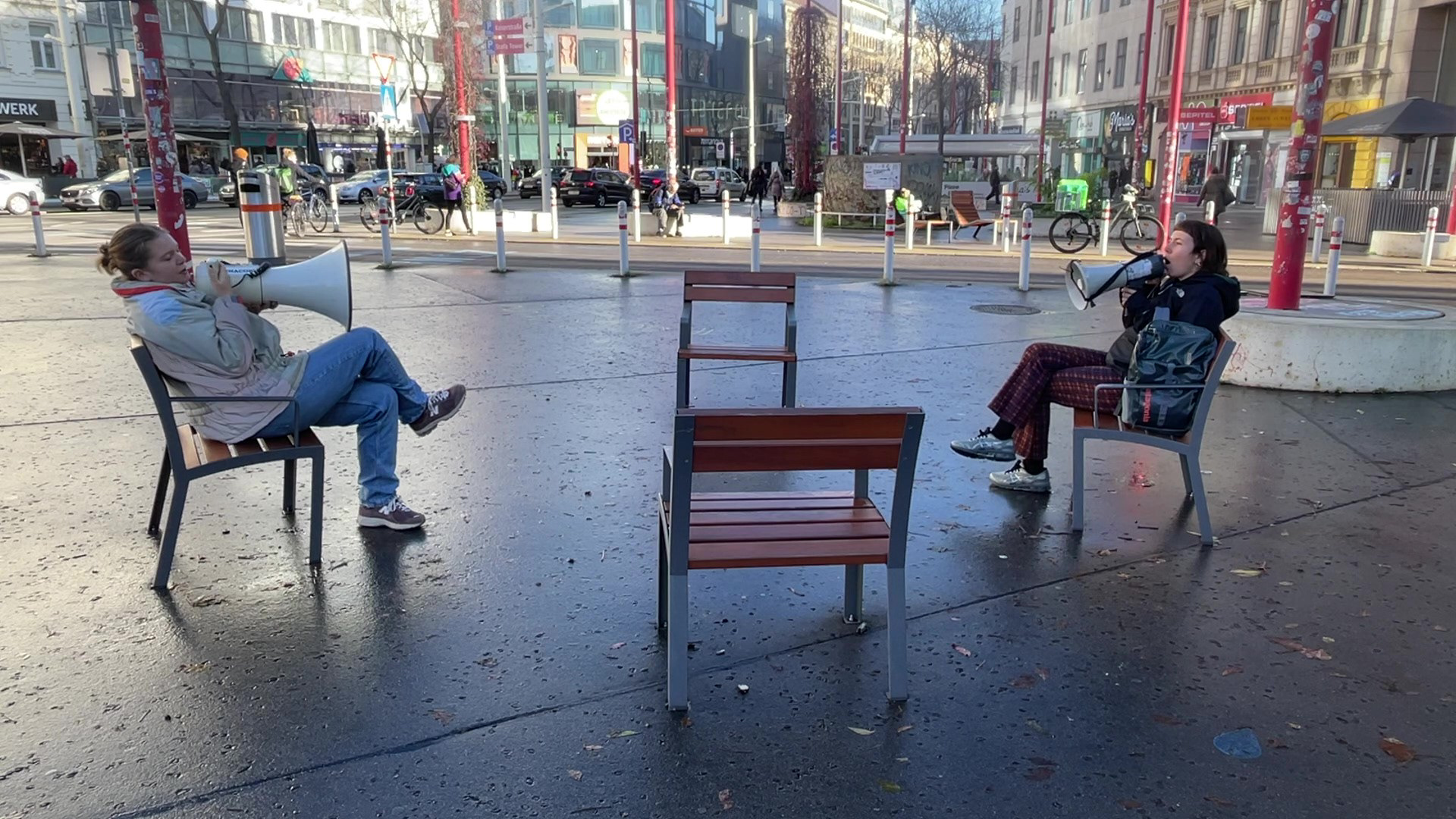


2/5 Karl Lueger Platz, 1010 Wien
What: bench
Focus: armrests
Method: adding up
What: bench
Focus: armrests
Method: adding up
“Breite Armlehnen zerschneiden die Sitzfläche. Liegen kann hier niemand, von schlafen gar nicht zu sprechen. Sich aneinanderlehnen ist nicht drin, die Tasche muss auf den Schoß. Was soll sie also, diese Bank? Eine Aufstehhilfe für ältere Menschen können die Lehnen sein. Aber eine Bank, die Gruppen von Menschen gegeneinander ausspielt, widerspricht doch sehr dem Ziel der öffentlichen Meublage”. (Pühringer, Der Standard, 2023)
[ENG] "Wide armrests cut through the seat. No one can lie down here, not to mention sleep. Leaning against each other is not possible, the bag has to go on the lap. So what is it for, this bench? The backrests can be an aid for older people to get up. But a bench that plays groups of people off against each other contradicts the goal of public meublage". (Pühringer, Der Standard, 2023)
3/5 Lilienbrunngasse 2-4, 1020 Wien
What: ventilation system of an apartment building
Focus: concrete structure
Method: adding up
What: ventilation system of an apartment building
Focus: concrete structure
Method: adding up
By adding a small sign saying “Lilienbrunnen. Wirf eine Münze und frag nach einem Wunsch”, the concrete structure was temporarily transformed into a wishing well. The assumption that the fountain was erected by the City of Vienna sparked a public debate on twitter and vienna television about the design of public space.
[GER] “Dieser “Wunschbrunnen” war Top-Thema bei den Wiener Twitter-Nutzerinnen und - Nutzern am vergangenen Wochenende. Manche nannten es “Wiens Fontana di Trevi”, mit Anspielung auf den weltbekannten Brunnen in Rom. Berechtigterweise stellen sich viele Fragen: Warum sieht es so aus? Wie viel hat es den Steuerzahler gekostet? Wozu ist dieses Bauwerk gut?” Doch ist es wirklich ein “Wunschbrunnen”, oder ein Abluft- bzw. Zuluftschacht von einer Garage, wie ein Nutzer schreibt? Zuerst wusste es auch die Stadt Wien nicht. “Ähm, wir fragen da mal nach”, schreiben sie – jedoch: “Nur weil ein Taferl drauf ist, heißt es nicht automatisch = Stadt Wien”.Die Antwort hatte die Wiener Landtagsabgeordnete und Gemeinderätin Astrid Rompolt (SPÖ). Die Kommunikationsleiterin der MA 31 (Wiener Wasser) schreibt, dass es sich um die Druckbelüftungsanlage für den Gemeindebau daneben handelt: “Sie wurde im Zuge der Sanierung errichtet und wird im Brandfall aktiviert. Die Lüftungsgitter fehlen noch”. Dieses schirche Architektengold ist also noch nicht fertig. Und das Brunnen-Schild wurde sicherlich nicht von der Stadt Wien draufgeklebt. “Sonst würde es eine feierliche Eröffnungszeremonie mit Bezirksvorstehung geben”, scherzt ein Nutzer. (Auszug aus Artikel, MeinBezirk, 2022)
[ENG] "This "wishing well" was the top topic among Viennese Twitter users last weekend. Some called it "Vienna’s Fontana di Trevi", alluding to the world-famous fountain in Rome. Justifiably, many questions arise: Why does it look like that? How much did it cost the taxpayer? But is it really a "wishing well", or an exhaust or supply air shaft from a garage, as one user writes? At first, the City of Vienna didn’t know either. "Um, we’ll ask about it," they wrote - but: "Just because there’s a sign on it doesn’t automatically mean it’s the City of Vienna".The answer came from Vienna’s Member of Parliament and local councillor Astrid Rompolt (SPÖ). The head of communications of MA 31 (Vienna Water) writes that it is the pressurised ventilation system for the municipal building next door: "It was built in the course of the renovation and is activated in case of fire. The ventilation grilles are still missing". So this sheer architect’s gold is not yet finished. And the fountain sign was certainly not stuck on it by the City of Vienna. "Otherwise there would be a festive opening ceremony with district leaders," jokes one user." (MeinBezirk, 2022)
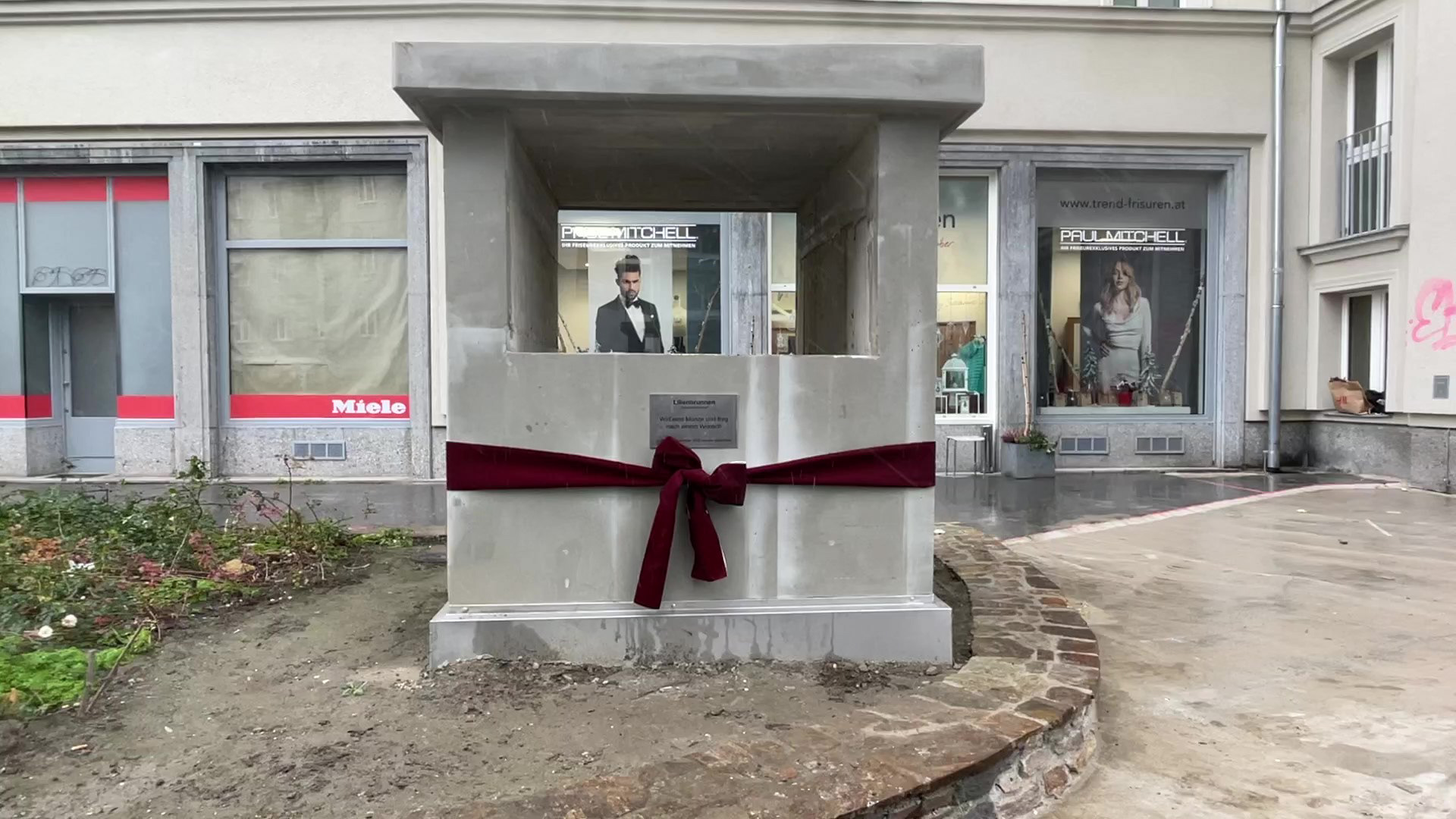
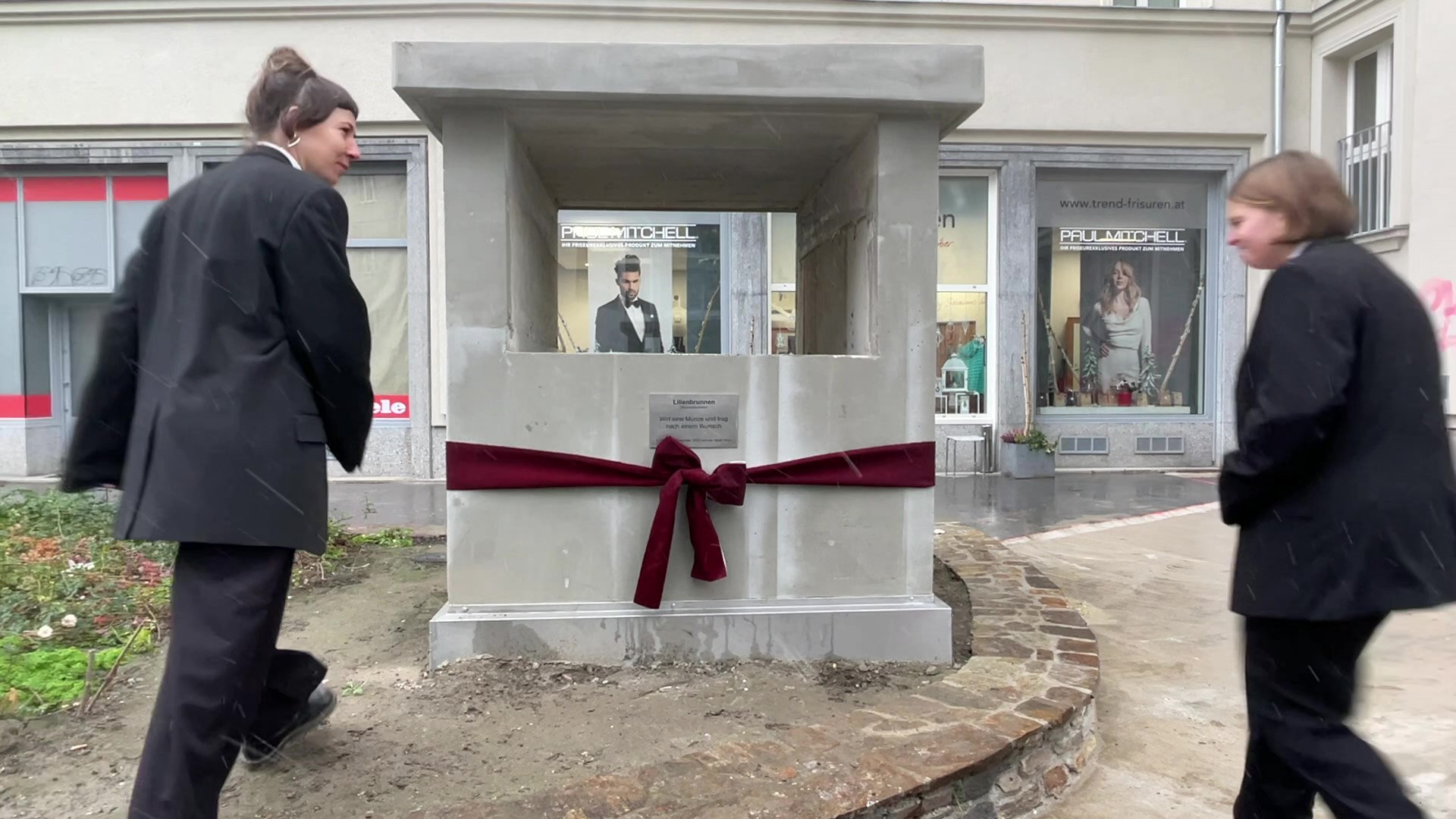
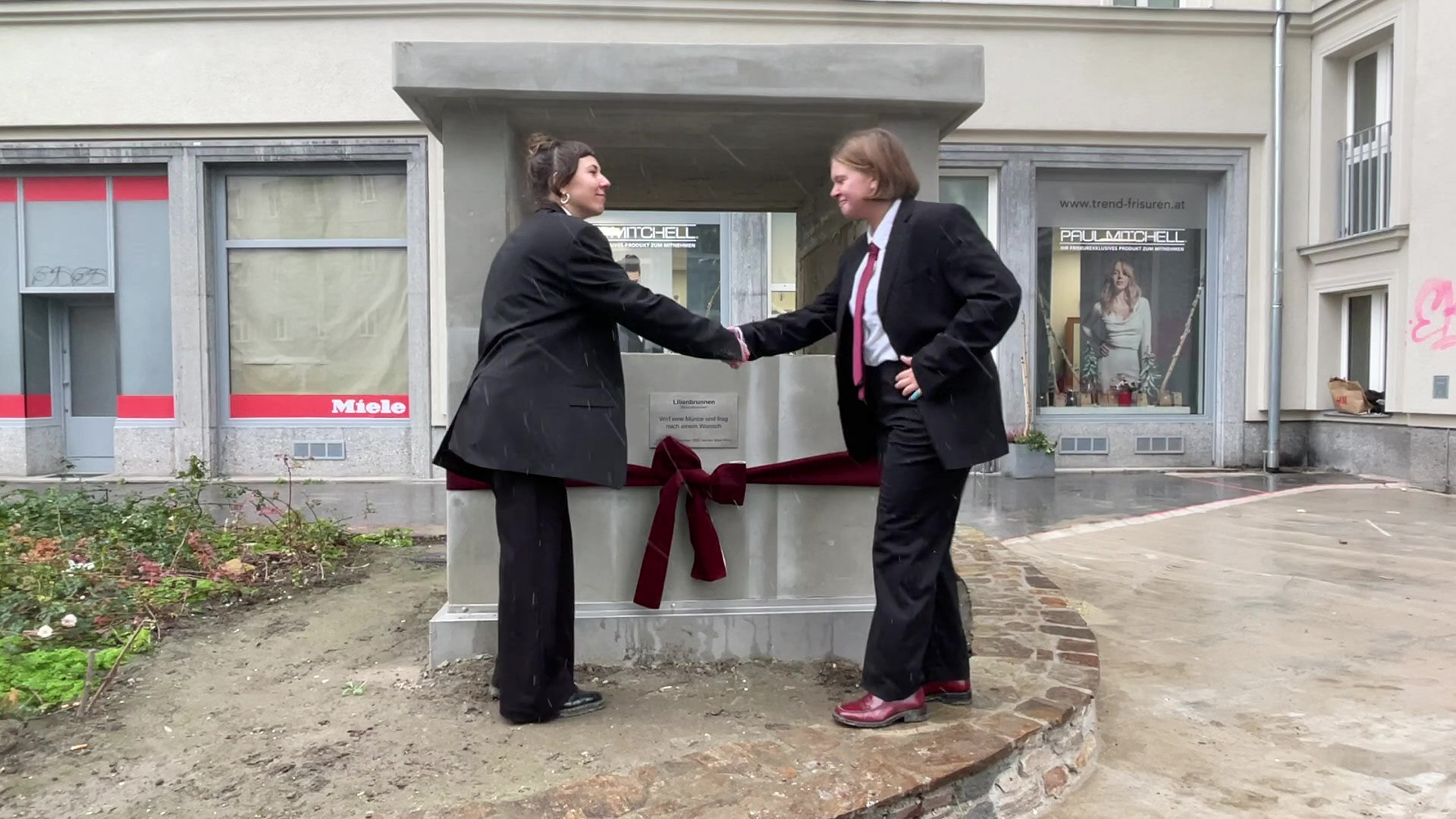
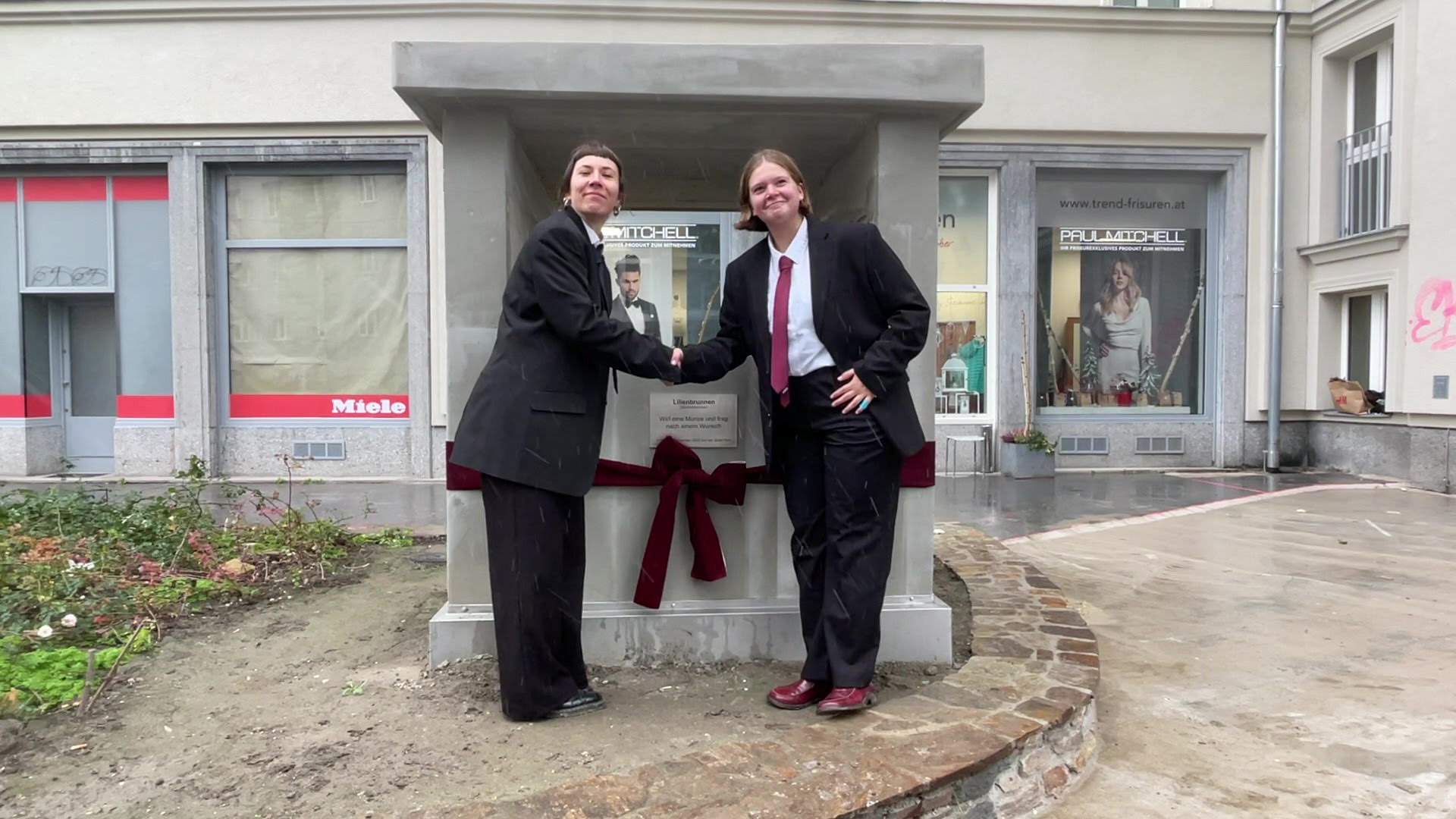


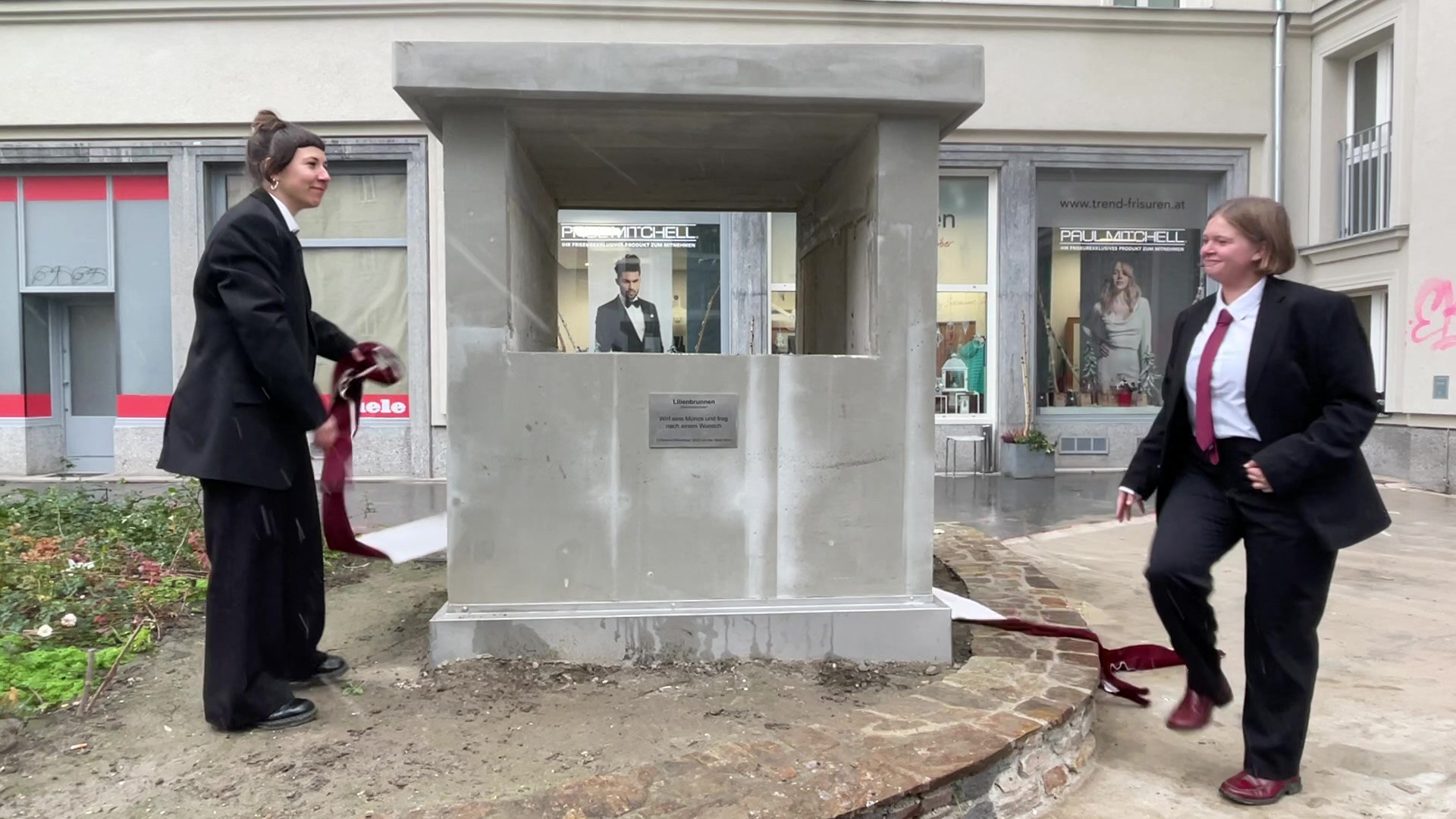
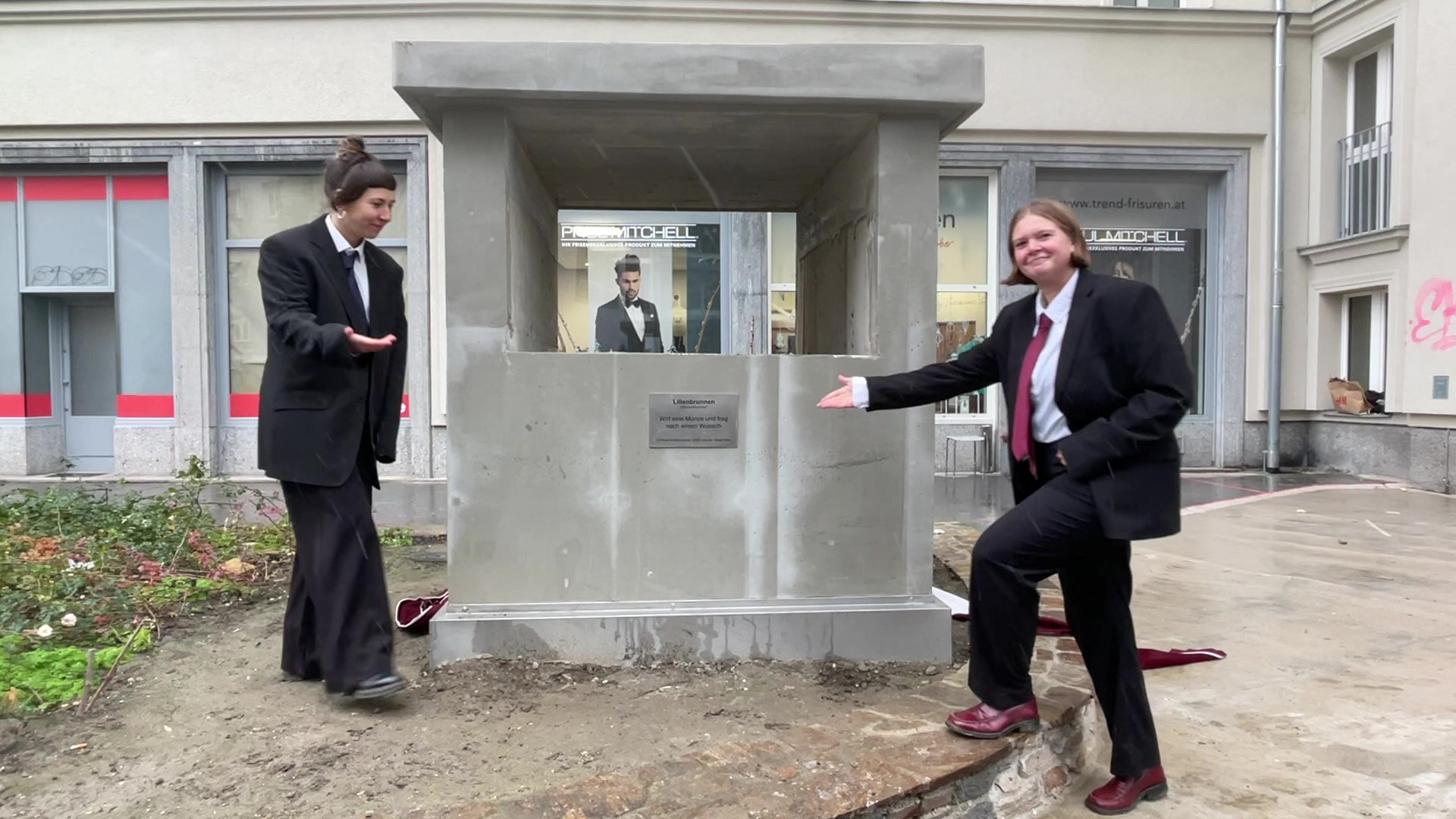
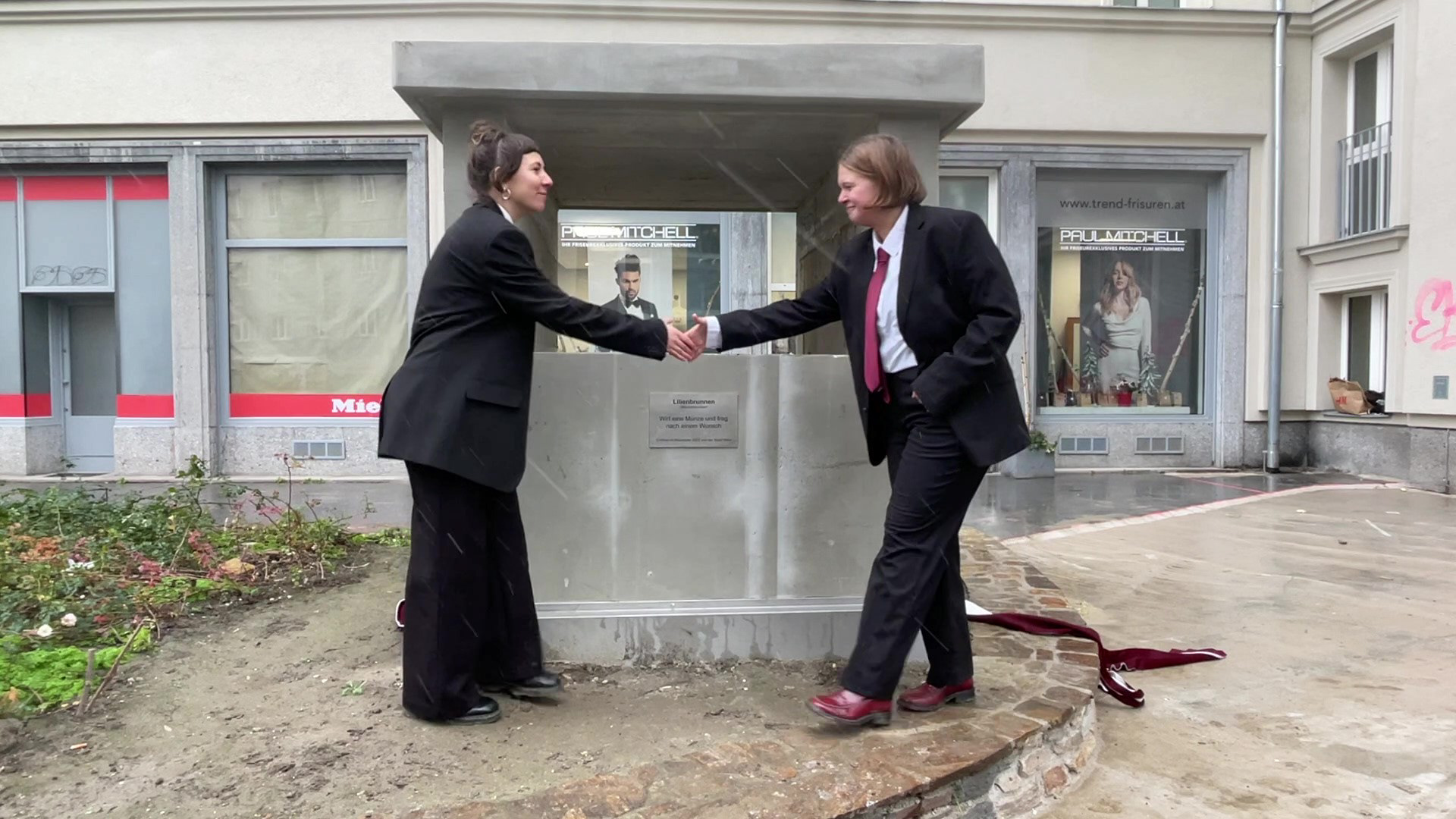
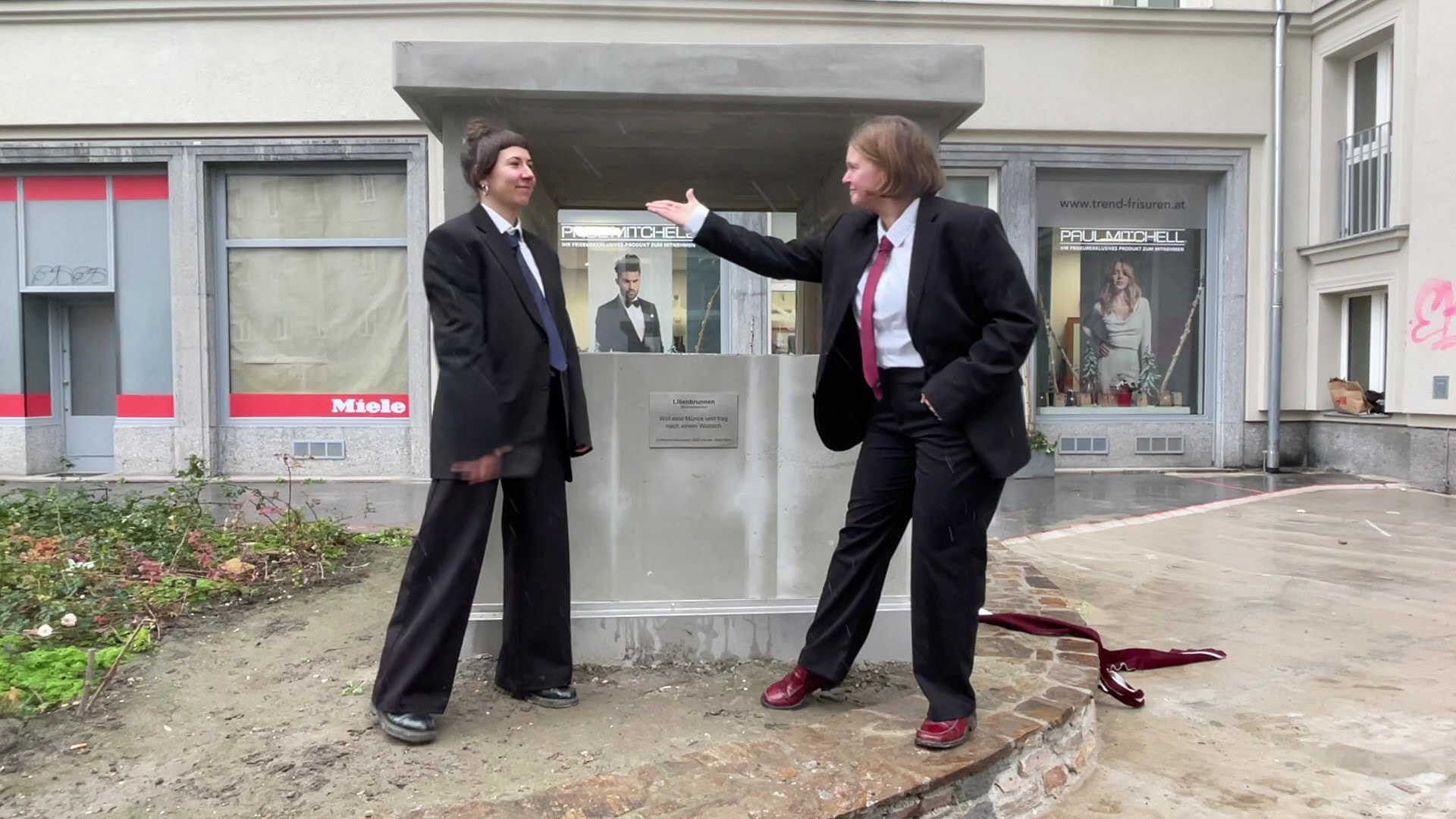
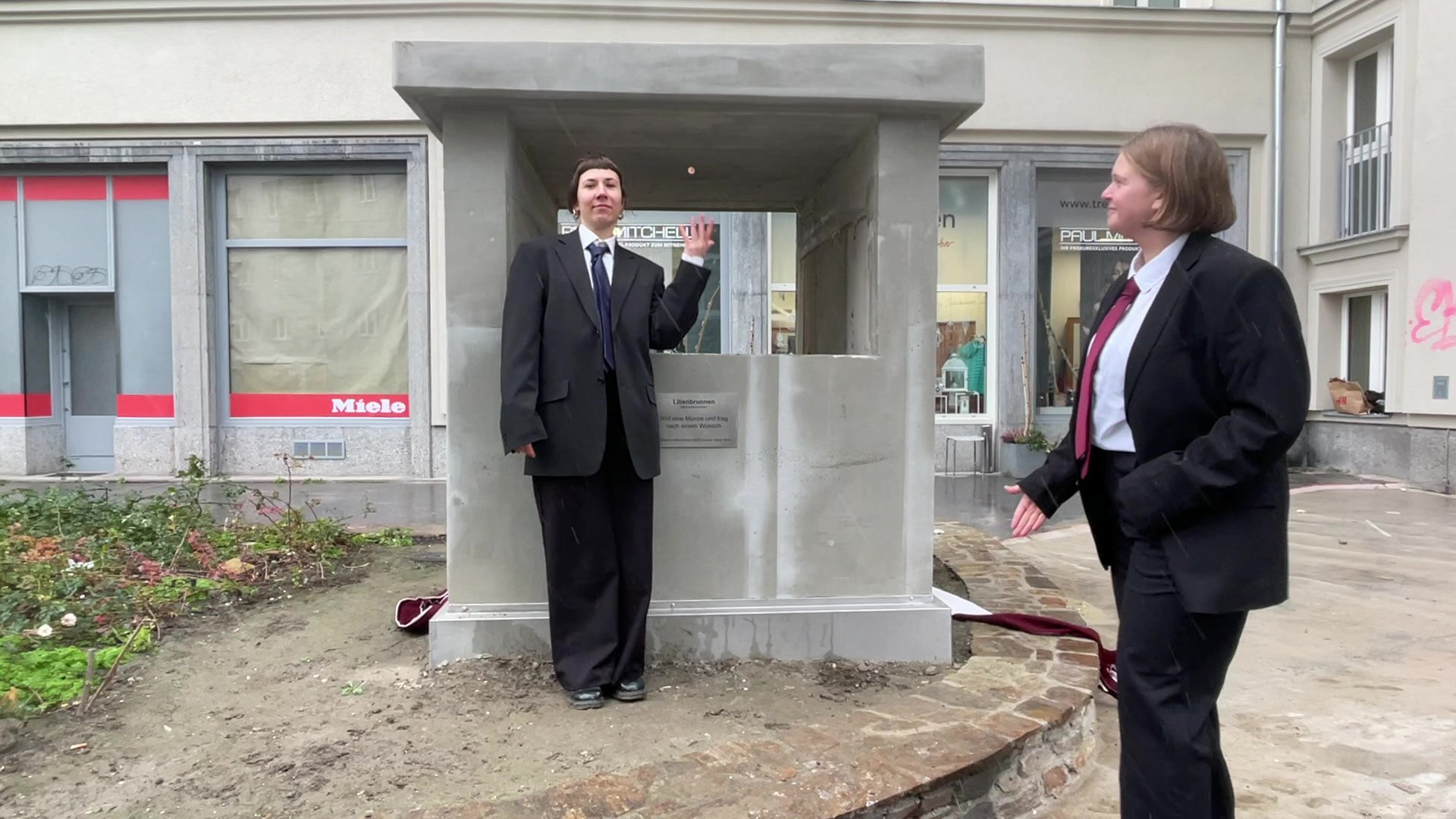
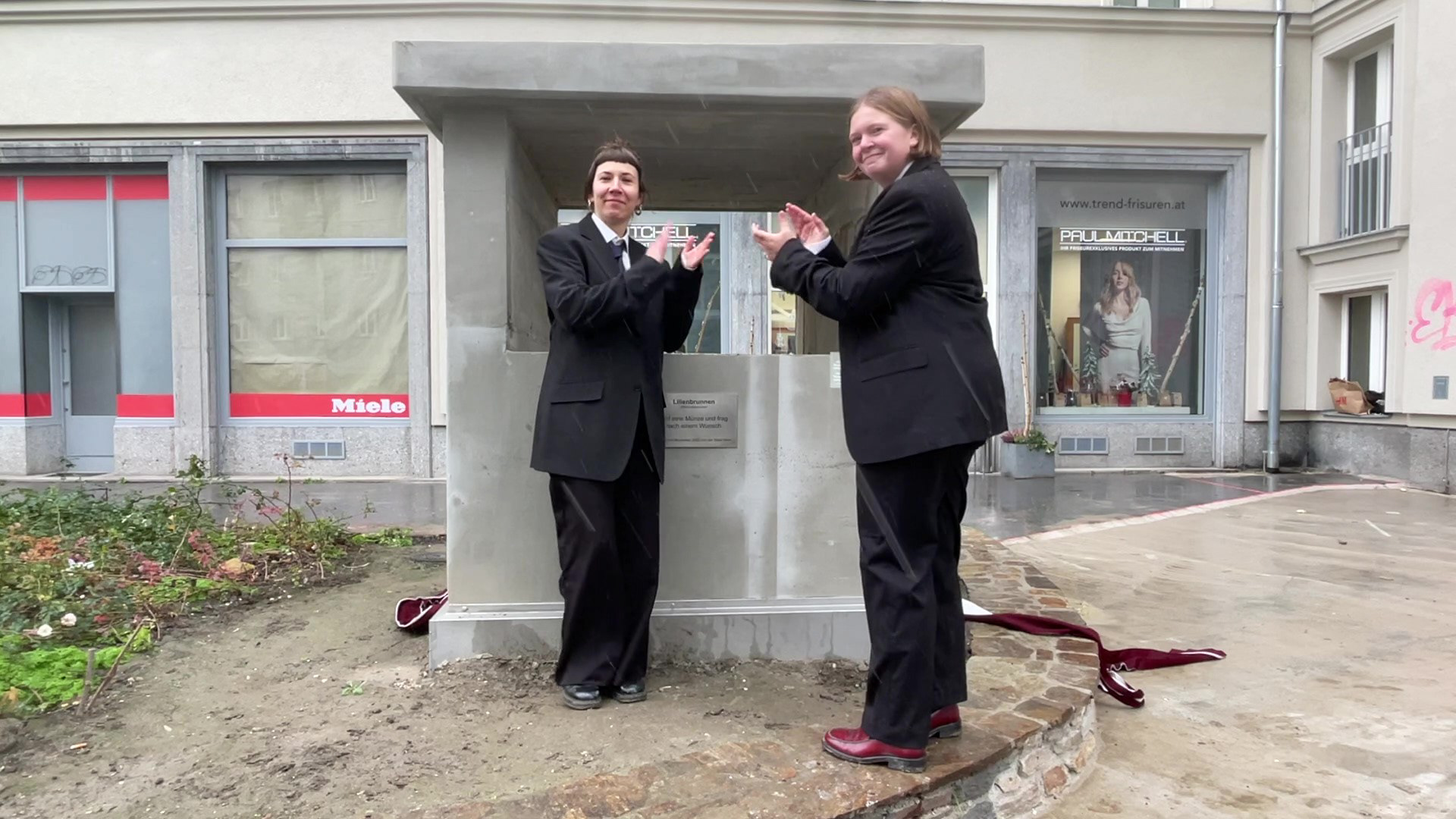
4/5 Meiselmarkt, 1050 Wien
What: garage vent
Focus: fences around fences
Method: adding up
The double fence and walls created physical limits, but its oddness and dimension also felt restrictive and unwelcoming. We tried to add on to the absurdity of the construction, by creating a third fence. Using a limit to overcome a limit!
5/5 Praterstern, 1020 Wien
What: stones as seatings
Focus: the shape
Method: adding up
What: stones as seatings
Focus: the shape
Method: adding up
[GER] “Eine neue Lieferung an “Sitz-Bänken” sorgte nun für Aufregung – wir berichteten. Während so mancher über die kurios geformten “Eier” lacht, finden wieder andere die “Bänke” so gar nicht lustig. Von “obdachlosenfeindlich” und unpassend für Ältere und Menschen mit Behinderungen ist die Rede.” (Yvonne Brandstetter, Heute, 2022)
[ENG]"A new delivery of "benches" has now caused a stir - we reported. While some people laugh about the curiously shaped "eggs", others do not find the "benches" funny at all. There is talk of "anti-homeless" and unsuitable for the elderly and people with disabilities." (Yvonne Brandstetter, Heute, 2022)

